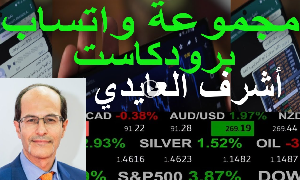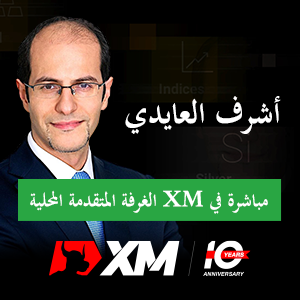Ahead of the ECB
EURUSD posts its biggest weekly gain in five months despite ongoing uncertainty in Italy and fresh declines in Italian bonds and equity indices? The main reason comments from several ECB policy makers, including the not-so hawkish chief economist and policy maker Peter Praet, who said on Tuesday that the June 14 meeting will contain the first formal discussion on winding down the remainder of the quantitative easing program, which began in 2015.

Unlike in the previous 3 meetings when the ECB made no references to the future course of the asset purchases program, today the central bank feels that the time has come to give markets more clarity.
Recall, the program began in March 2015 with a EUR 60 bln of monthly purchases of government and corporate bonds. In October 2017, the ECB announced it would cut QE by half to EUR 30 bn starting in January 2018 and extended the period of QE to September 2018.
Why now?
There are several reasons why the ECB is ready to begin managing market expectations about winding down the rest of the QE program:
-
Inflation: Eurozone inflation jumped to 1.9% in May from 1.6%, nearing the central bank's 2.0% target. If the ECB gives no signal on QE or hint about interest rates, then the combination of further euro weakness and high oil prices will risk tipping inflation beyond the control of the hawks in Frankfurt.
-
Time lag: Markets are forward-looking and inflation dynamics work with a 3-6 moths lag. Therefore, in order for the ECB to avoid any nasty surprises (sharp rise in bond yields and aggressive increase in the euro) it is best to communicate its intentions about the timing of terminating the QE program about 4-6 months in advance.
-
Currency weakness: In light of the euro's decline from $1.25 to $1.18, the currency stands at a better position to discuss (publicly) about normalizing policy at a weaker exchange rate so that the inevitable euro rebound resulting from these discussions will not reach excessively high levels that are adverse to the Eurozone economy.
- US growth & rates momentum: As long as the US remains on the path of raising interest rates, the ECB is confident that the euro will not rise excessively fast against the US dollar when it begins signalling about ending QE and raising interest rates.
Clarification
Once again: There will be no interest rate hike on Thursday and QE will not be ended on Thursday or next month or the following month. Instead, the ECB plans to use Thursday's meeting to lay out a more concrete the plan for ending QE and is more inclined to set off a more publicized discussion of its plans to manage the remaining EUR 30 bn of QE.
What the market thinks
According to market expectations, the current round of EUR 30 bn per month in asset purchases -- will be reduced to zero by the end of this year. The market also thinks that the first interest rate hike from the ECB will take part in September 2019.
What about Italy?
One of the reasons to the strong increase in the euro this week following the remarks from the ECB is the situation in Italy? Markets were surprised the ECB would mention the end of QE at a time when Italian politics are in uncertainty and Italian sovereign bonds are selling off.
But as I mentioned in my earlier analysis here 7 reasons why we should not panic about Italy, there is a strong likelihood that the situation in the Eurozone's 3rd largest economy will not continue to cause a drag on the euro capital markets and the currency.
Can Draghi Handle it?
So how will the ECB and its president Draghi manoeuver Thursday's meeting without rocking causing damage in currency or bond markets?
- I expect to see a modest upgrade in the ECB's revisions for growth and inflation
- ECB would highlight the term “expansion” instead of “recovery” to an extent that a gradual reduction removal of the asset purchases program in September (such as a decline to EUR 10 bn from the current EUR 30 bn per month), before reviewing the program again in December for a complete unwind.
- In order to not trigger a sharp rise in the euro and bond yields, the ECB will emphasize that it will continue reinvest the proceeds of its existing bond holdings in the system. It will also highlight that there is plenty of surplus liquidity in the system (not just for Italy).
The Fed Factor
Do not forget that Thursday's ECB announcement will take place one day after the Federal Reserve decision, widely expected to raise rates. Since I expect the Fed to raise its revisions for growth/inflation and reiterate its willingness to allow inflation to rise modestly above the 2.0% target, I expect the euro to retest the 1.1600 around the Fed announcement/press conference, but recover above 1.17 on the day of the ECB decision.
1.15 level has proven to hold the 6-month trendline support and I reiterate my forecast for 1.27 before the end of year.







